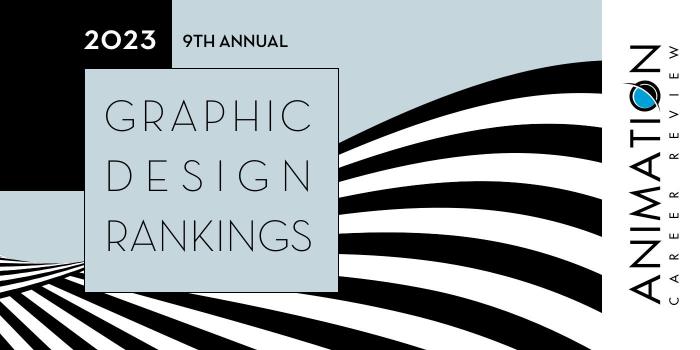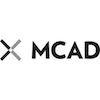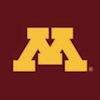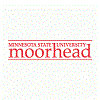The School of Media Arts & Design at Minnesota State University, Moorhead (MSU Moorhead or MSUM) has several paths to study Graphic Design. Options include the Graphic Design BFA, the Graphic & Interactive Design BFA and Minor, and a Minor in Graphic Communications. The Graphic Design BFA allows students to add a Minor in Art, Integrated Advertising and Public Relations, Graphic Communications, or Film Production, while the Graphic & Interactive Design BFA has Emphasis options including Graphic Design, Interactive Media, and Digital Design and Production. Minor options consist of anywhere from 20 to 23 credit hours, while Emphasis areas are 23-24 credit hours.
The Graphic Design BFA explores symbols, typography, motions graphics, brand identity, visual concepts, multimedia, papermaking, information design, printmaking, 3D modeling, web design, and visual research. Course examples include Editing techniques, 3D Modeling, Visual Systems and Brand Identity, Motion Design: Typography and Visual Narratives, Experience Design, Multimedia, and Computer Graphics.
Depending on the Emphasis area, students in the Graphic & Interactive Design BFA Program will explore traditional graphic design, virtual reality, visual concepts, logos, brochures, and poster, packaging, magazine layout, vector illustration, magazine layouts, augmented reality, raster artwork, and immersive experiences. Course examples across areas include Immersive Media, Advanced Interactive Media, Digital Prepress & Production, Advanced Digital Design, Editing Techniques, Advertising & PR Principles, Digital Design & Production Studio, 2D Animation and Motion Graphics, and Advanced Typographic Design.
All Emphasis areas for the Graphic & Interactive Design Program require a Capstone Research course and Capstone Project. Students in the Graphic Design BFA will compete an internship and the BFA Senior Project across two courses.
Graduates of the Graphic Design and Graphic & Interactive Design Programs at Minnesota State University Moorhead are prepared to pursue positions with advertising agencies, web and multimedia firms, animation studios, public relations firms, video production houses, marketing agencies, film/TV studios, packaging firms, architecture firms, museums, magazines, newspapers, and publishing companies, among others.
MSU Moorhead alumni have been hired at places such as Microsoft, Starbucks, Archway Marketing Services, 3M, Mighty 790 KFGO, AT&T, Deloitte, Campbell Soup Company, Walmart, Spotlight Media, Delta Airlines, Network Center Inc., Warby Parker, Sargento Foods, Office Depot, AdShark Marketing, Barfly, Target, DoorDash, FedEx, LJL Studios, ZYN Productions, Kelner Communications, and LiveWire.
Minnesota State University Moorhead opened in 1888 as The Moorhead Normal School. The first graduating class consisted of just eight students. Today, MSUM serves around 5,550 students enrolled in more than 230 majors, degrees, certificates, and emphasis areas. Programs are offered in five colleges. Minnesota State University Moorhead is accredited by Higher Learning Commission (HLC) and a member of the American Association of State Colleges and Universities (AASCU).







